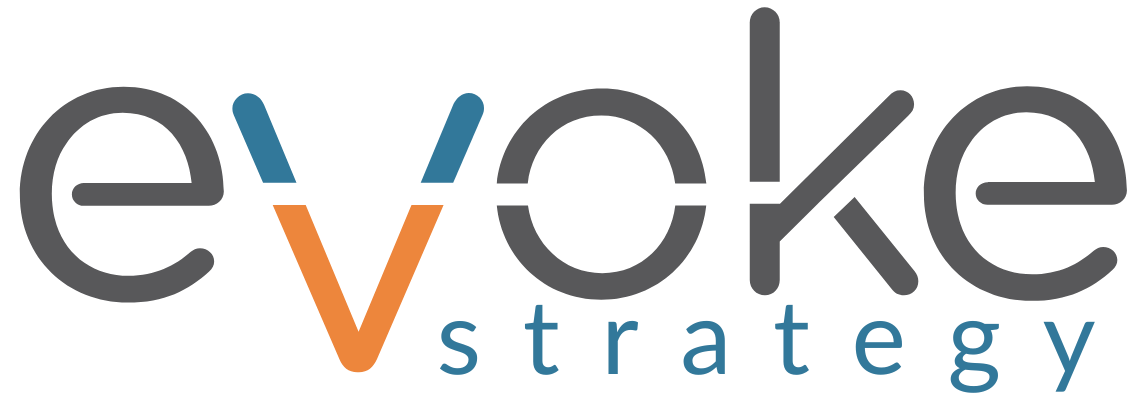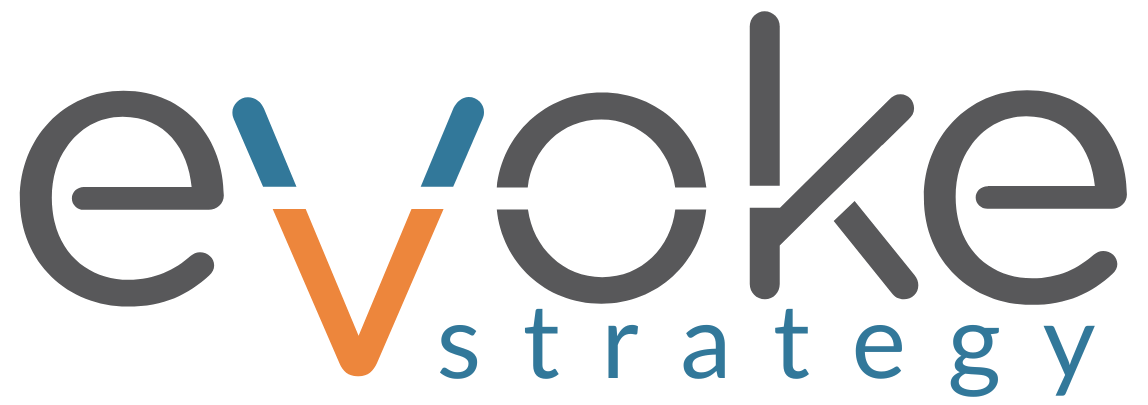Search Engine Optimization (SEO) is a multifaceted digital marketing strategy aimed at enhancing a website’s visibility on search engines like Google, Bing, and Yahoo. At its core, SEO involves optimizing various elements of a website to ensure that it ranks higher in search engine results pages (SERPs). This process is crucial because higher visibility typically leads to increased organic traffic, which can translate into more leads, conversions, and ultimately, revenue.
Understanding the fundamental principles of SEO is essential for anyone looking to establish a robust online presence. The primary goal of SEO is to align a website’s content and structure with the algorithms used by search engines to rank pages. These algorithms consider numerous factors, including relevance, authority, and user experience.
For instance, a website that provides valuable, well-structured content that answers users’ queries is more likely to rank higher than one that does not. Additionally, SEO encompasses both on-page and off-page strategies. On-page SEO refers to the optimization of elements within the website itself, such as content quality and HTML tags, while off-page SEO involves external factors like backlinks and social media presence.
A comprehensive understanding of these components is vital for developing an effective SEO strategy.
Choosing the Right Keywords
Keyword research is a foundational aspect of SEO that involves identifying the terms and phrases potential customers use when searching for products or services. Selecting the right keywords can significantly impact a website’s ability to attract relevant traffic. This process begins with brainstorming potential keywords related to your business and then using various tools like Google Keyword Planner, SEMrush, or Ahrefs to analyze their search volume, competition level, and relevance.
Long-tail keywords, which are longer and more specific phrases, often present less competition and can lead to higher conversion rates because they target users further along in the buying process. Once you have a list of potential keywords, it’s essential to evaluate their intent. Keywords can be categorized into informational, navigational, transactional, or commercial investigation types.
For example, someone searching for “best running shoes” may be in the research phase, while a query like “buy running shoes online” indicates a readiness to purchase. By understanding the intent behind keywords, you can tailor your content to meet the needs of your audience effectively. This strategic approach not only enhances your chances of ranking higher but also ensures that the traffic you attract is more likely to convert into customers.
Creating High-Quality Content
Content is often referred to as the backbone of SEO because it serves as the primary means through which websites communicate with their audience. High-quality content is informative, engaging, and relevant to the target audience’s needs and interests. It should provide value by answering questions, solving problems, or offering insights that resonate with readers.
To create compelling content, it’s essential to conduct thorough research on your topic and understand your audience’s preferences and pain points. In addition to being informative, high-quality content should be well-structured and easy to read. This includes using headings and subheadings to break up text, incorporating bullet points for clarity, and ensuring that paragraphs are concise.
Visual elements such as images, infographics, and videos can also enhance user engagement and retention. Furthermore, integrating keywords naturally into your content is crucial; overstuffing keywords can lead to penalties from search engines. Instead, focus on creating content that flows naturally while still incorporating relevant keywords in a way that enhances readability.
Optimizing On-Page Elements
On-page SEO refers to the various elements within a webpage that can be optimized to improve its ranking in search engine results. Key on-page elements include title tags, meta descriptions, header tags (H1, H2, H3), and image alt text. The title tag is particularly important as it appears in search results and influences click-through rates.
A well-crafted title tag should include the primary keyword and be compelling enough to encourage users to click on it. Meta descriptions serve as a brief summary of the webpage’s content and also play a role in attracting clicks from search results. While they do not directly impact rankings, an engaging meta description can significantly improve click-through rates.
Header tags help organize content hierarchically and make it easier for both users and search engines to understand the structure of the page. Additionally, optimizing images by using descriptive file names and alt text not only improves accessibility but also provides additional opportunities for keyword integration. By paying attention to these on-page elements, you can enhance both user experience and search engine visibility.
Building Quality Backlinks
Backlinks are links from other websites that point to your site and are a critical component of off-page SEO. They serve as endorsements of your content’s credibility and authority in your niche. Search engines view backlinks as votes of confidence; therefore, acquiring high-quality backlinks from reputable sources can significantly boost your site’s authority and improve its ranking in SERPs.
However, not all backlinks are created equal; quality matters more than quantity. To build quality backlinks, consider strategies such as guest blogging on reputable sites within your industry or collaborating with influencers who can share your content with their audience. Creating shareable content—such as infographics or comprehensive guides—can also encourage others to link back to your site organically.
Additionally, engaging in community forums or industry-related discussions can help establish your authority while providing opportunities for backlinking. It’s essential to focus on building relationships within your industry; this not only enhances your backlink profile but also fosters a sense of community around your brand.
Utilizing Social Media for SEO
Increasing Brand Awareness and Generating Backlinks
When users share your content on social media platforms like Facebook, Twitter, or LinkedIn, it reaches a broader audience, leading to increased traffic and potential backlinks from other websites. This, in turn, can improve your website’s credibility and authority, ultimately boosting your search engine rankings.
Creating Shareable Content
To effectively utilize social media for SEO purposes, it’s crucial to create shareable content that resonates with your audience. Engaging visuals, compelling headlines, and interactive posts can encourage users to share your content within their networks. By doing so, you can increase your online reach and drive more traffic to your website.
Amplifying Your Online Presence
By integrating social media into your overall SEO strategy, you can amplify your reach and enhance your online presence.
This, in turn, can drive more traffic to your website and improve your search engine rankings.
Monitoring and Analyzing SEO Performance
Monitoring and analyzing SEO performance is essential for understanding the effectiveness of your strategies and making informed decisions for future improvements. Tools like Google Analytics and Google Search Console provide valuable insights into how users interact with your website, including metrics such as organic traffic, bounce rates, and conversion rates. By regularly reviewing these metrics, you can identify trends and areas for improvement.
In addition to tracking traffic metrics, it’s important to analyze keyword performance over time. This involves monitoring which keywords are driving traffic to your site and how well they are converting into leads or sales. If certain keywords are underperforming despite high search volume, it may be necessary to revisit your content strategy or optimize those pages further.
Regularly conducting site audits can also help identify technical issues that may hinder performance, such as broken links or slow loading times. By continuously monitoring and analyzing your SEO performance, you can adapt your strategies to ensure ongoing success.
Staying Updated with SEO Trends and Best Practices
The digital landscape is constantly evolving, making it imperative for SEO professionals to stay updated with the latest trends and best practices.
Following industry blogs such as Moz, Search Engine Journal, or Neil Patel’s blog can provide valuable insights into emerging trends and algorithm changes.
Participating in webinars or attending industry conferences can also enhance your knowledge of current best practices in SEO. Networking with other professionals in the field allows for the exchange of ideas and strategies that can lead to innovative approaches in optimizing websites. Additionally, experimenting with new tools or techniques can help you stay ahead of the curve while refining your own strategies based on real-world results.
By committing to continuous learning and adaptation in response to changing trends, you can maintain a competitive edge in the ever-evolving world of SEO.
If you are interested in learning more about boosting your business through local store marketing strategies, check out this article here. This article provides valuable insights into how to effectively market your business locally and reach niche markets. It complements the topic of Search Engine Optimization by highlighting the importance of targeted marketing strategies to drive traffic and increase visibility online.



